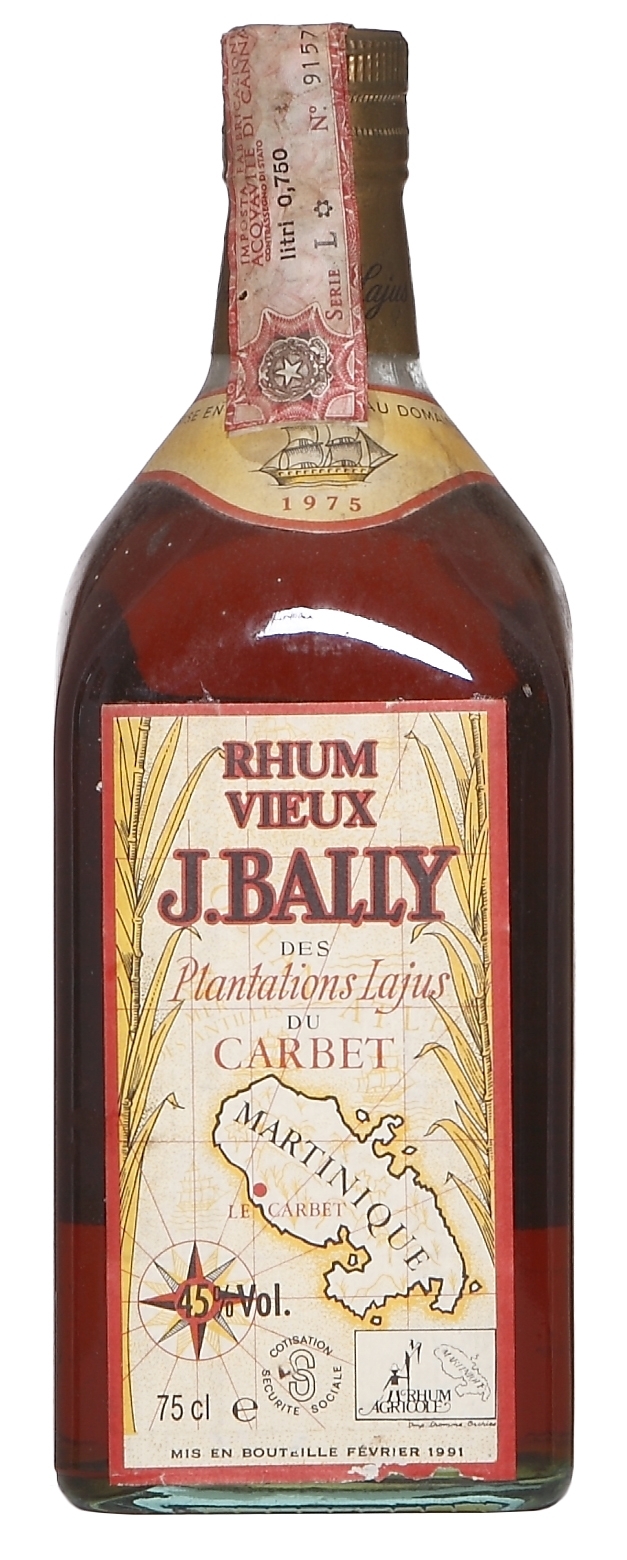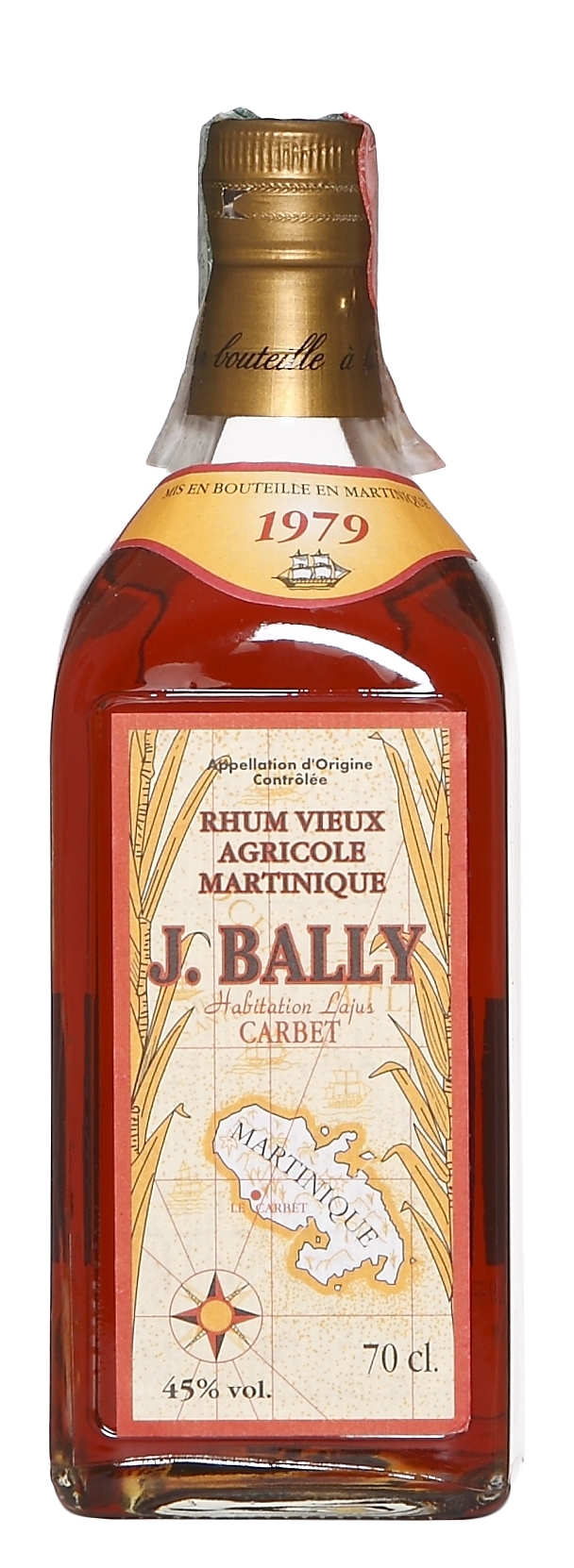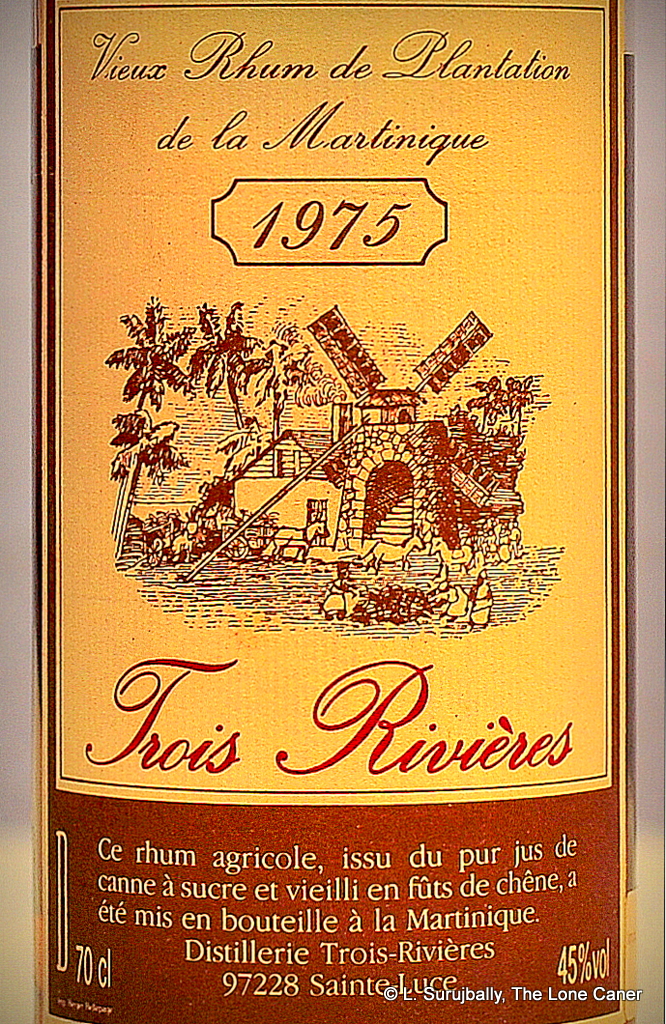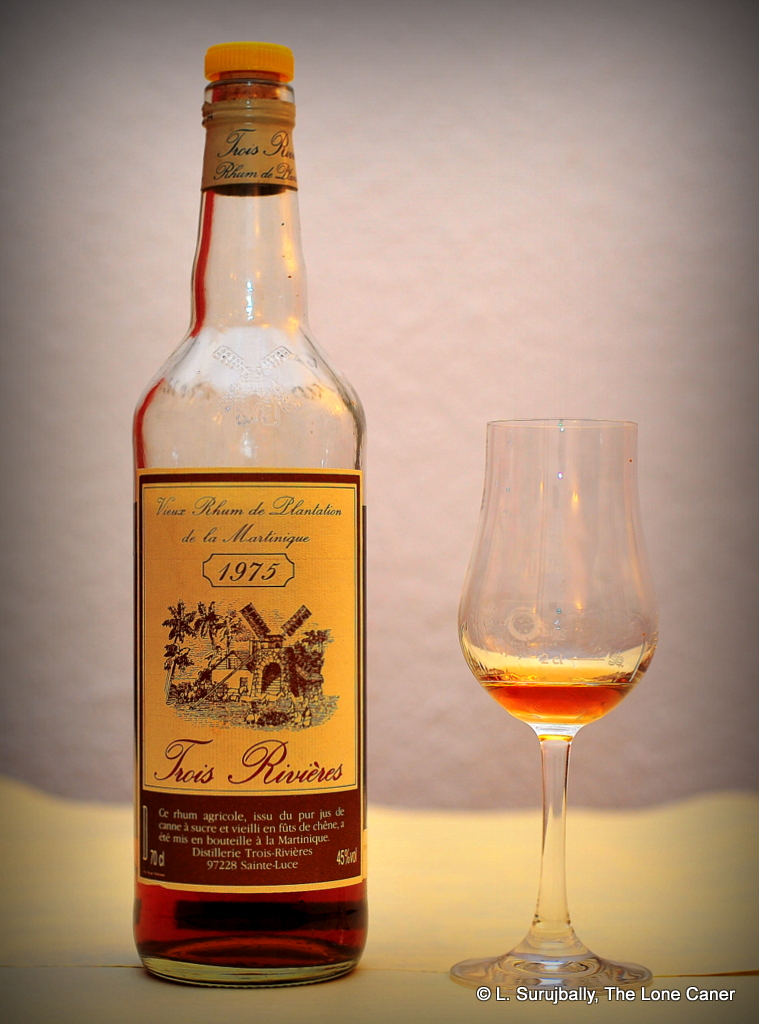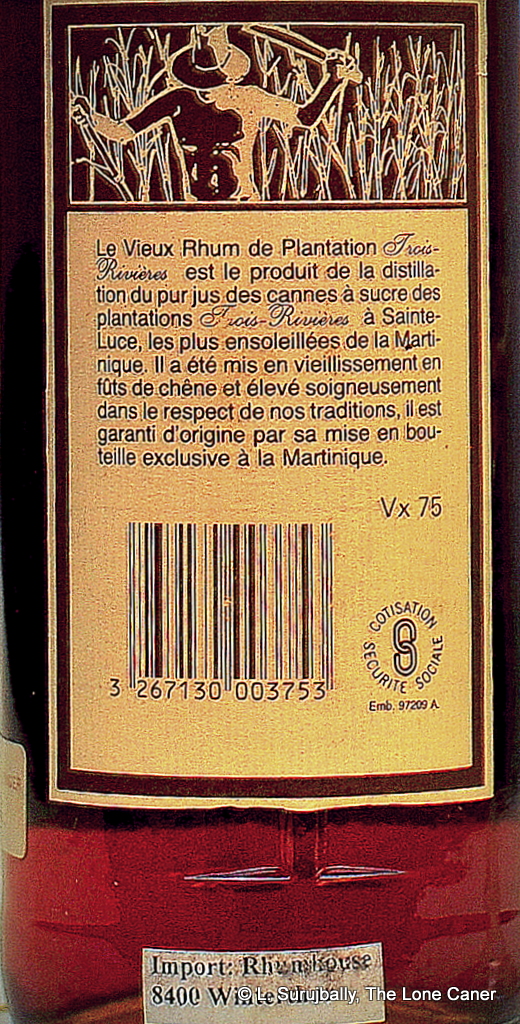We’re going back down memory lane now, to a point where the AOC designation is a dream on the horizon, and for once we have an age: this rum is sixteen years old (based on the bottom of the bottle where it says “Bottled February 1991” in French). This of course leads us to puzzle our way through all the others we’ve looked at already, because if here they can call a 16YO a “rhum vieux” then the other Bally rhums are in all likelihood similarly aged – we just have no proof of the matter.
In any event, age or no age, rums and rons and rhums are evaluated based on what they are, not what they are stated to be. So let’s put aside all the whinging about information provision (which is a never ending grouse of mine) and simply taste a rhum made when I was still living in Africa and had never heard of Martinique (or much about Guyana, for that matter).
Colour – Amber
Strength – 45%
Nose – So far nothing has beaten the Bally 1982, but this one is on par…perhaps better. The nose is amazing – deep purple grapes and vanilla, with the traditionals of sugar cane sap, wet green lemon grass, with a mischievous hint of wet cardboard and cereals. Threading through these smells are additional notes of Turkish coffee (no sugar), cocoa and some black chocolate, but curiously there’s less fruitiness to sniff in this one than in the later editions, and it’s backgrounded by something vaguely metallic…like licking a small battery, y’know? Some cinnamon, well-polished leather and honey fill in the spaces.
Palate – It’s creamy, spicy, sweet and salty all at once (plus lemon). In a way it reminds me of a very well made Thai green curry in coconut milk. The fruits are here at last – green apples, pears, white guavas, but also pastries and cheese, to which are added very light hints of creme brulee and caramel, milk chocolate, some honey and licorice. Would be interesting to know the barrel strategy on this one. Whatever. It’s a fine fine rhum to try, that’s for sure.
Finish – Medium long, vegetal, grassy and breakfast spices for the most part, some more of the white fruit, and the woody notes are here to stay. Not the best fade, but pretty good anyway.
Thoughts – It had great balance and the tastes were excellent. Something like this is best had in conjunction with something newer from Bally because then you gain a sense of its achievement, and how rhum has developed over the years. People swear by the AOC (and in an era of marketing nonsense dosed with outright lies, quite rightfully so), but sometimes you wonder whether something hasn’t been lost as well. The Bally 1975 emphatically demonstrates the quality of what was being done, at a time way before regulations changed the industry.
(86/100)
The boys of the Rumaniacs liked this rhum even more than I did.
